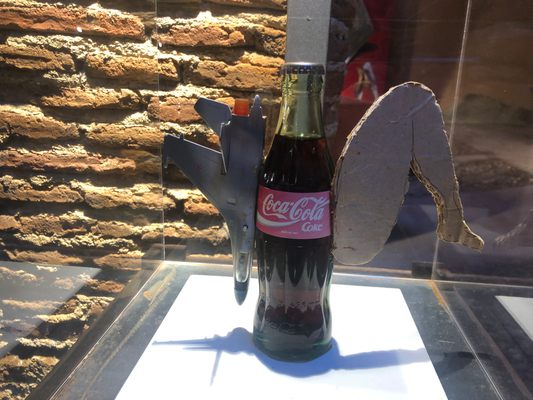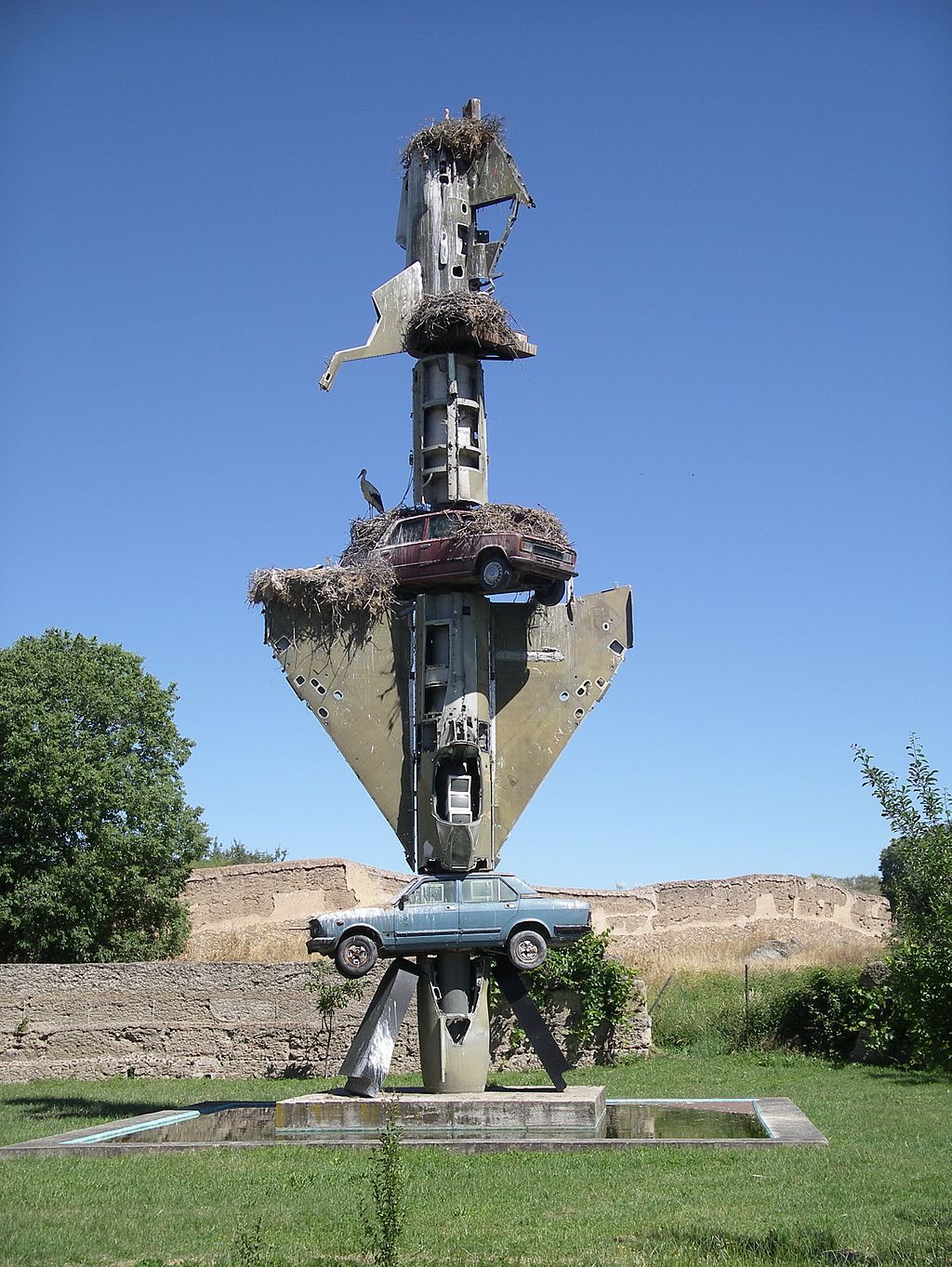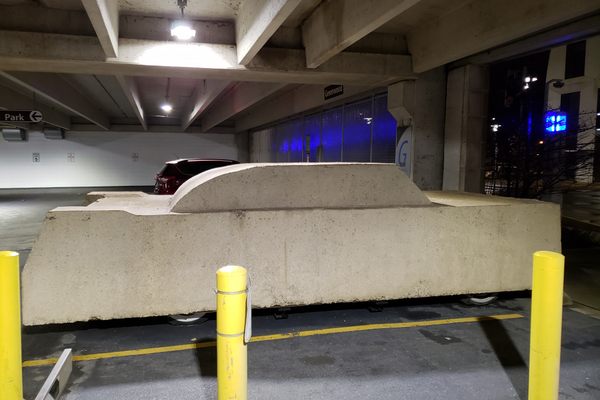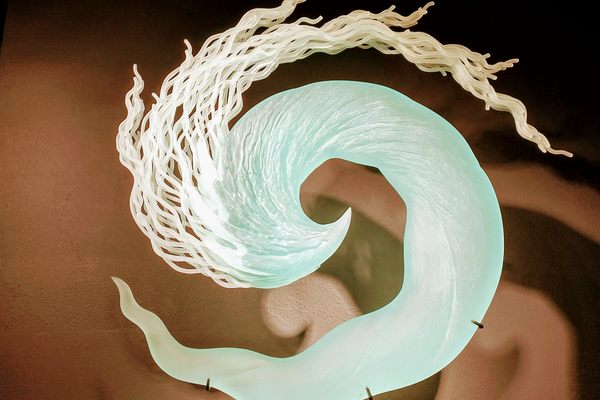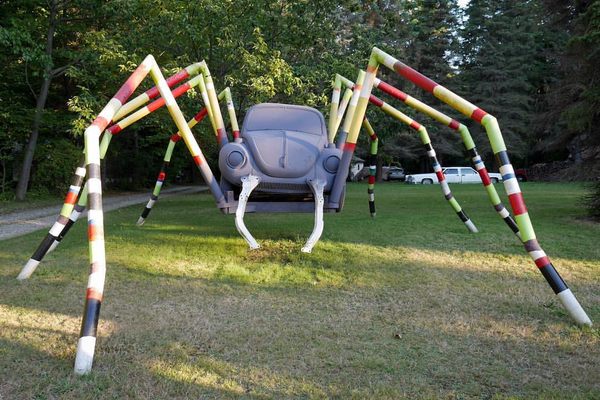About
When German artist Wolf Vostell visited los Barruecos in 1974, he deemed the area, dotted with ancient weathered granite monoliths, a natural work of art, and vowed to install a Fluxus museum that could work with the natural beauty of the landscape. And so he did. In 1976, in an old 18th-century wool-washing house, Vostell installed the first sculpture, “VOAEX” (Car in Concrete).
Wolf Vostell was a pioneer of the Fluxus movement, a reactionary, postwar art movement that, according to the manifesto written by artist George Maciunas, sought to “purge the world of dead art.” Vostell intended to fill the historic building with contemporary art.
Some of Vostell’s most representative works are featured at the museum, including “Auto Fever,” “Fluxus Buick Piano,” and “Why did the process between Pilate and Jesus last only two minutes?”, the last a towering sculpture made up of a Russian aircraft, two cars, several computer monitors, and three pianos that stands over 50 feet tall (and now some birds and their nests).
In 2017, National Geographic Spain called the Vostell Malpartida Museum one of the most important museums in Spain.
Related Tags
Know Before You Go
Located three kilometers from Malpartida de Cáceres (Extremadura, Spain), and 14 kilometers from Cáceres capital.
It is accessed from the N-521 road in the direction of Portugal by Valencia de Alcántara until reaching the population center of Malpartida de Cáceres, from where you have to take the path of the Lavadero de Lanas, to the south.
Community Contributors
Added By
Published
October 23, 2017






